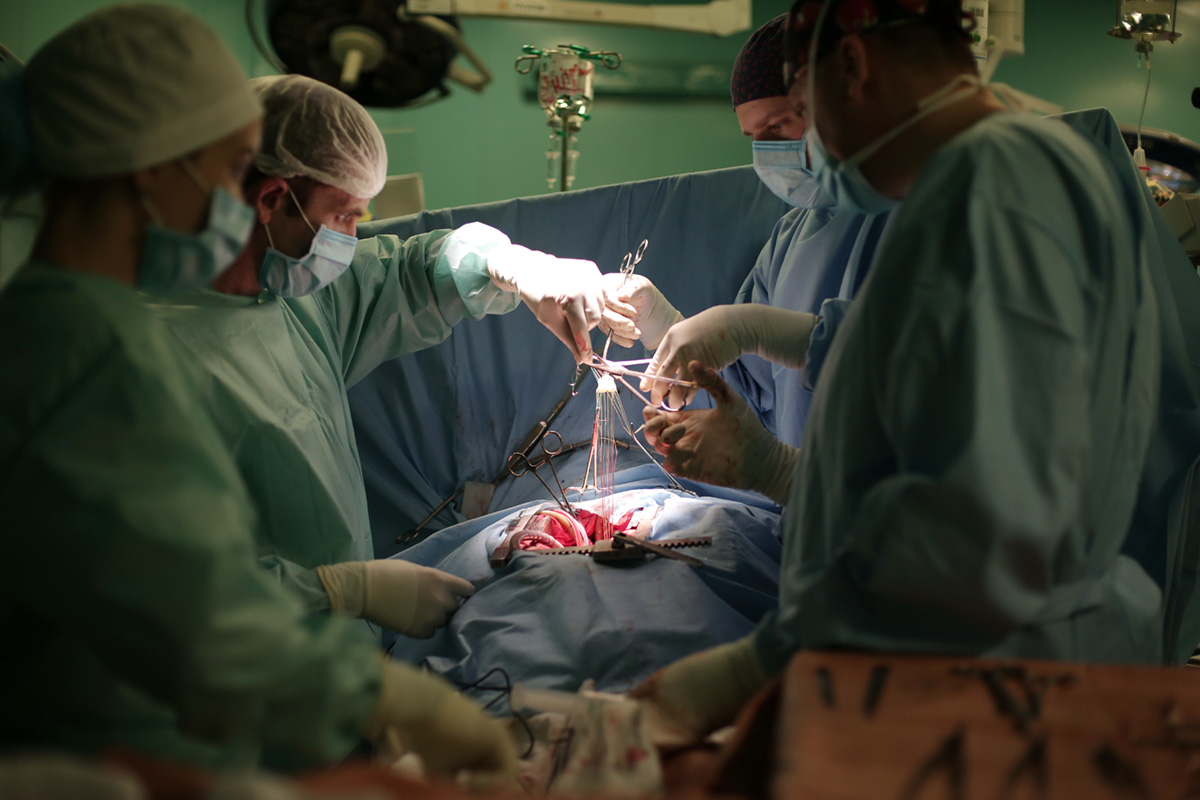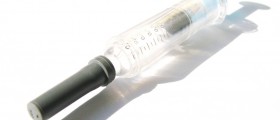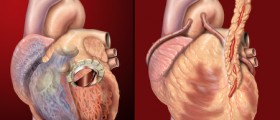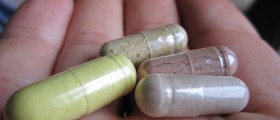
Introduction
A heart valve disease occurs when the valve will not work correctly and cannot open all the way, and in some cases, there can be a problem with the closing of the valve. When the valve is not functioning correctly then the blood does not move through the heart’s chambers correctly.
If the valve is not opening the way it should, less blood will be moving through to the next chamber of the heart. However, if it is not closing tight enough then the blood will leak backwards. When these instances occurs and then the heart must work harder to pump the same amount of blood.
Blood may also back up in the lungs or other parts of the body when it is not moving through the heart the way that it should.
When the valve is not opening it means that it could have become hardened or stiff with calcium deposits are due to scarring.
When it cannot close properly, it often means that the supportive structures may be loose or torn, or the valves have become stretched or thinned.
Surgical Treatments
In heart valve surgery the valves will be either repaired or replaced completely.
When they are repaired, the valves are mended so that they can perform their functions correctly. Replacement needs to occur when the diseased valve is irreparable.
The surgeon will do what is most needed depending on the diagnosis.
In repairing the valve is a ring which could be seen around the opening of the valve in order to tighten it. Some parts of the valve could need to be cut or separated or made stronger in order to work properly.
If it cannot be repaired, then the valve is replaced with a prosthetic one. There are two kinds of prosthetic valves, mechanical ones and biological ones.
Mechanical valves are made of man-made materials and will require the patient to use blood thinners for the rest of their lives in order to prevent blood clots around the valves.
Biological valves are usually taken from a pig, cow or human donor. They do not last as long and are not as strong as the artificial, mechanical valves, however, blood thinners do not have to be used when a person receives a biological valve.
The options will depend on the person’s age, occupation, heart condition, ability to prevent blood clotting naturally, the size of the natural valves, and how many valves need to be replaced.

















Your thoughts on this
Loading...